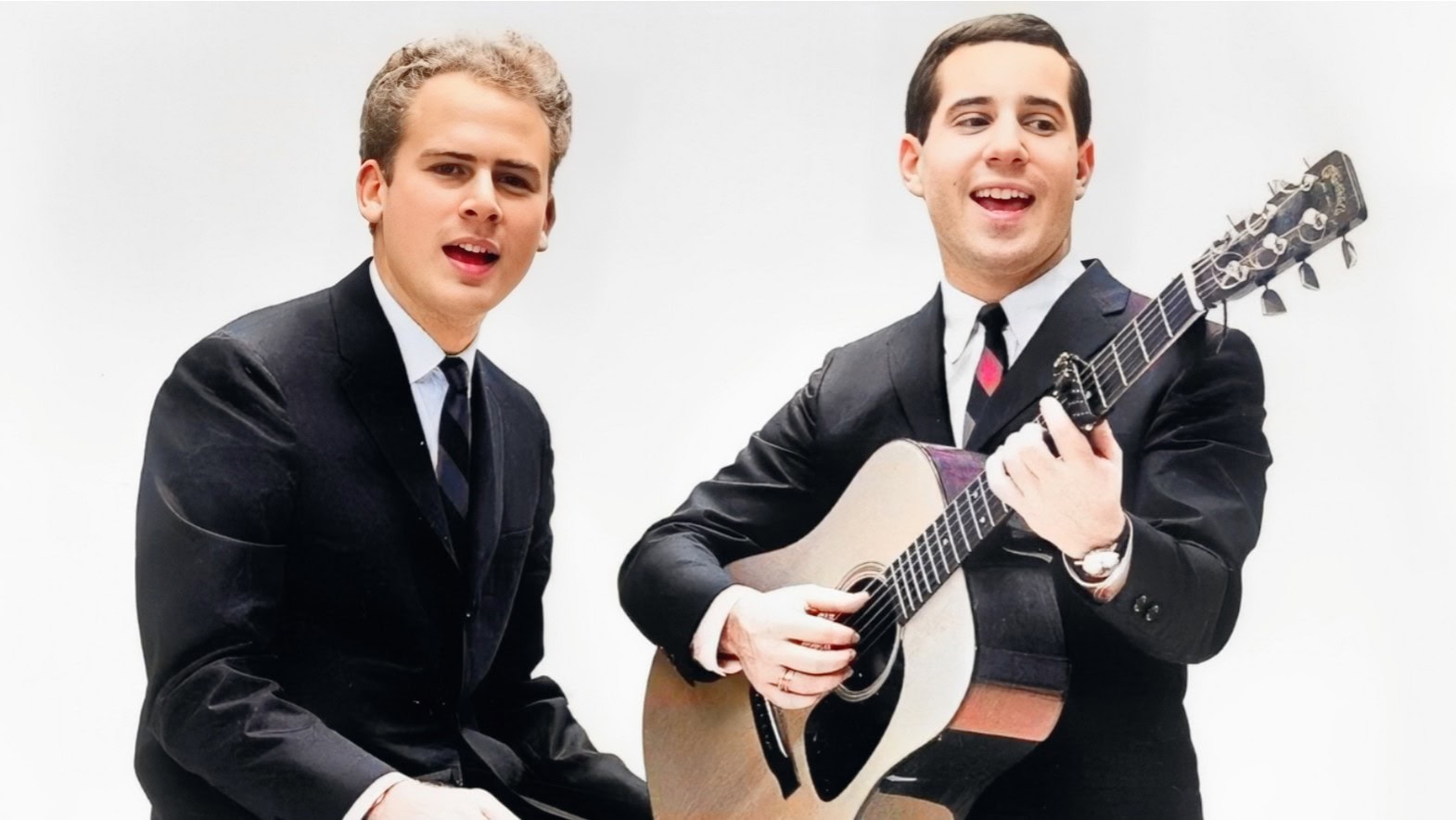
About the song
“The Sound of Silence,” originally titled “The Sounds of Silence,” is a seminal piece by the iconic American folk rock duo Simon & Garfunkel, penned by Paul Simon. The song’s journey from its humble acoustic beginnings to international acclaim is a testament to its enduring cultural impact.
In March 1964, Simon & Garfunkel recorded the original acoustic version of the song at Columbia’s 7th Avenue Recording Studios in New York City for their debut album, “Wednesday Morning, 3 A.M.” Unfortunately, the album’s release in October of that year garnered disappointing sales, prompting Paul Simon to venture to London shortly after.
However, the story took a dramatic turn when a remixed electric version of “The Sound of Silence” was released in September 1965 without the duo’s knowledge. This revamped rendition, featuring overdubbed electric instruments and drums, began gaining traction on radio stations in Boston and Florida. The unexpected success prompted Columbia Records to capitalize on the song’s newfound popularity by reuniting Simon & Garfunkel to hastily record a follow-up album titled “Sounds of Silence.”
The impact of “The Sound of Silence” transcended mere commercial success. Its introspective lyrics, which Simon composed at the tender age of 21, resonate with themes of alienation and the breakdown of communication. Simon himself described how he crafted the song in his bathroom, surrounded by darkness and the soothing sound of running water, reflecting on the inability of people to connect emotionally.
Art Garfunkel, Simon’s longtime collaborator, once explained the song’s deeper meaning at a live performance as addressing “the inability of people to communicate with each other, especially emotionally.” This poignant observation underscores the song’s universal appeal and enduring relevance.
Beyond its musical achievements, “The Sound of Silence” became a cultural touchstone. It featured prominently in the 1967 film “The Graduate,” catapulting its popularity further and cementing its status as a classic. In recognition of its significance, the song was included in the National Recording Registry by the Library of Congress in 2012, honoring its cultural, historical, and aesthetic importance.
As Simon & Garfunkel’s careers continued to flourish, “The Sound of Silence” remained a centerpiece in their repertoire and was featured in subsequent compilations and retrospectives, solidifying its legacy in the annals of folk rock history.
In essence, “The Sound of Silence” transcends its origins as a mere song; it stands as a poignant reflection on the human condition, a timeless piece that continues to resonate with listeners across generations, inviting them to contemplate the echoes of silence and the complexities of human connection.
Video
Lyrics
Hello darkness, my old friend
I’ve come to talk with you again
Because a vision softly creeping
Left its seeds while I was sleeping
And the vision that was planted in my brain
Still remains
Within the sound of silence
In restless dreams I walked alone
Narrow streets of cobblestone
‘Neath the halo of a street lamp
I turned my collar to the cold and damp
When my eyes were stabbed by the flash of a neon light
That split the night
And touched the sound of silence
And in the naked light I saw
Ten thousand people, maybe more
People talking without speaking
People hearing without listening
People writing songs that voices never share
No one dared
Disturb the sound of silence
“Fools” said I, “You do not know
Silence like a cancer grows
Hear my words that I might teach you
Take my arms that I might reach you”
But my words like silent raindrops fell
And echoed in the wells of silence
And the people bowed and prayed
To the neon god they made
And the sign flashed out its warning
In the words that it was forming
And the sign said, “The words of the prophets
Are written on the subway walls
And tenement halls
And whispered in the sounds of silence”